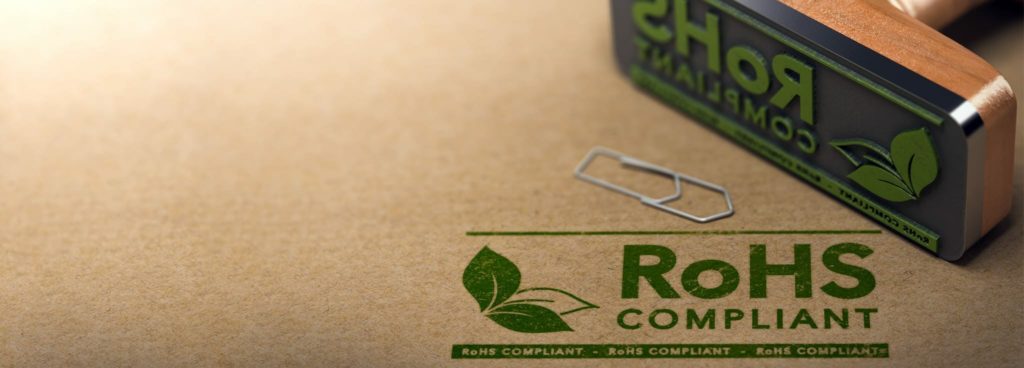In order to make the planet a safe place and electrical equipment safer for us, the EU put forth the RoHS (Restriction of Hazardous Substances) directive in 2003.
The following is the list of some of the most frequently asked questions, and their answers, regarding RoHS, RoHS Compliance, and RoHS regulations.
What is RoHS Compliance?
RoHS compliance means that an electrical product is safe to use and free from hazardous substances. It means that the products of the company are verified.
What Substances Are Hazardous As Per The Rohs Regulations?
There are many hazardous substances, but the following 10 are strictly banned by RoHS:
- Cadmium
- Lead
- Mercury
- Hexavalent chromium
- Bis(2-ethylhexyl) phthalate (DEHP)
- Benzyl butyl phthalate (BBP)
- Dibutyl phthalate (DBP)
- Polybrominated biphenyls (PBB)
- Diisobutyl phthalate (DIBP)
- Polybrominated diphenyl ethers (PBDE)
Most hazardous substances are supposed to be under 1,000 ppm, which the exception of cadmium which is harmful above 100 ppm.
What are the Objectives of RoHS regulations?
The main objective of RoHS regulations is to reduce their use and the risk of exposure to hazardous substances when producing, importing, or placing electrical and electronic products.
What Products need RoHS Compliance?
RoHS regulations cover a wide range of electrical and electronic equipment, including but not limited to medical devices, phones, household equipment, and industrial products.
What is the Scope of RoHS regulations?
RoHS regulations target Electrical and Electronic Equipment (EEE). Depending on the countries, the covered product categories differ. Europe RoHS probably has the broadest scope, covering most household, professional, medical devices, tools, monitoring instruments, and even industrial products.
How Can You Become RoHS compliant?
In order to become a RoHS compliant company, every product your company makes must not exceed a 0.1% threshold of a hazardous substance, with the exception of cadmium which has a threshold of 0.01%.
Enviropass RoHS consulting services can help you out in maintaining the safety levels of your products. Such companies can test your products and make sure they are free from all hazardous substances. They will also give you a RoHS compliance certificate so that you can put “RoHS Compliant” tags on your products.
Why RoHS compliance?
By keeping your products RoHS compliant you can not only save the lives of people and the planet but also increase the value of your products and earn your customers’ trust.
Conclusion
Electronic equipment is one of the most common carriers of hazardous substances. There are dozens of hazardous substances used in electronic equipment but 10 of them are extremely hazardous and are banned in many countries.
Your products need to be RoHS compliant and free from these substances. This is good for the safety of the planet, and your customers, and great for your company as well.

